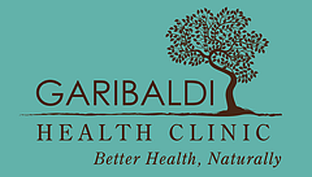Diabetes
Many older people today can remember their parents cautioning them against eating too many sweets. “You’ll get diabetes,” they used to say, and they came by their fears honestly. Until insulin was discovered (in part by a Canadian, Dr. Frederick Banting) in 1921, the disease was nearly always fatal.
Although millions of lives were saved by insulin, the warnings of an earlier generation are still valid: refined sugar does contribute to diabetes. And despite insulin, the disease is still an enormous health problem. In North America, the number of cases doubles every 15 years, and diabetes remains the leading cause of blindness.
Sugar – or glucose, if you prefer – is an essential fuel to fire the trillions of cells in our bodies. Insulin, a hormone produced in the pancreas gland, is the chemical key that opens the doors in the cells, allowing glucose to enter from the bloodstream.
This process can break down on one of two ways: the pancreas fails to produce insulin (called Type I diabetes) or the body’s cells are unable to take up glucose from the bloodstream, even in the presence of insulin. This is Type II diabetes, which accounts for 90% of all cases. In either form, the bloodstream becomes overloaded with sugar (hyperglycemia), a condition that can be fatal if not corrected.
It’s estimated that at least six million North Americans have undiagnosed diabetes, and yet the symptoms are obvious: frequent and copious urination, thirst, weight loss (despite increased appetite), fatigue and irritability. Untreated, diabetes can lead to kidney and nerve disorders and – its most common fatal outcome – cardiovascular disease.
But once diagnosed, diabetes can be treated with considerable success. Type I, which usually occurs early in life and was once called juvenile diabetes, can be controlled with daily injections of insulin. Type II, which mostly affects individuals over 40, is both preventable and treatable with diet and exercise and, in some cases, insulin.
There is a strong correlation between obesity and Type II diabetes, which no doubt accounts for its dramatic increase, given the dramatic (and obscene, in a world where at least a billion people are malnourished) pandemic of over-eating in affluent countries. Excess fat decreases the number of cellular insulin receptors and rapidly exacerbates symptoms of the disease.
The best medicine is moderation to maintain a healthy body weight. For people who have already contracted diabetes, smaller, more frequent meals are advised, built around a diet heavy on whole grains, vegetables and berries, garlic and onions. And very little of red meat, refined sugar or alcohol.
What actually causes this disease is not entirely known, though there is clearly a strong genetic predisposition towards Type II diabetes. But it has become a disease that can be held at bay for years with diet, exercise and the addition of nutritional and herbal supplements to help lower blood sugar levels and maintain a healthy pancreas.
Our forebears were right: steer clear of the candy counter. Do that, plus pushing back from the table before that second helping and you can probably cross diabetes off your list of health concerns.
©Dr.Ashely Gordon, 2005.

